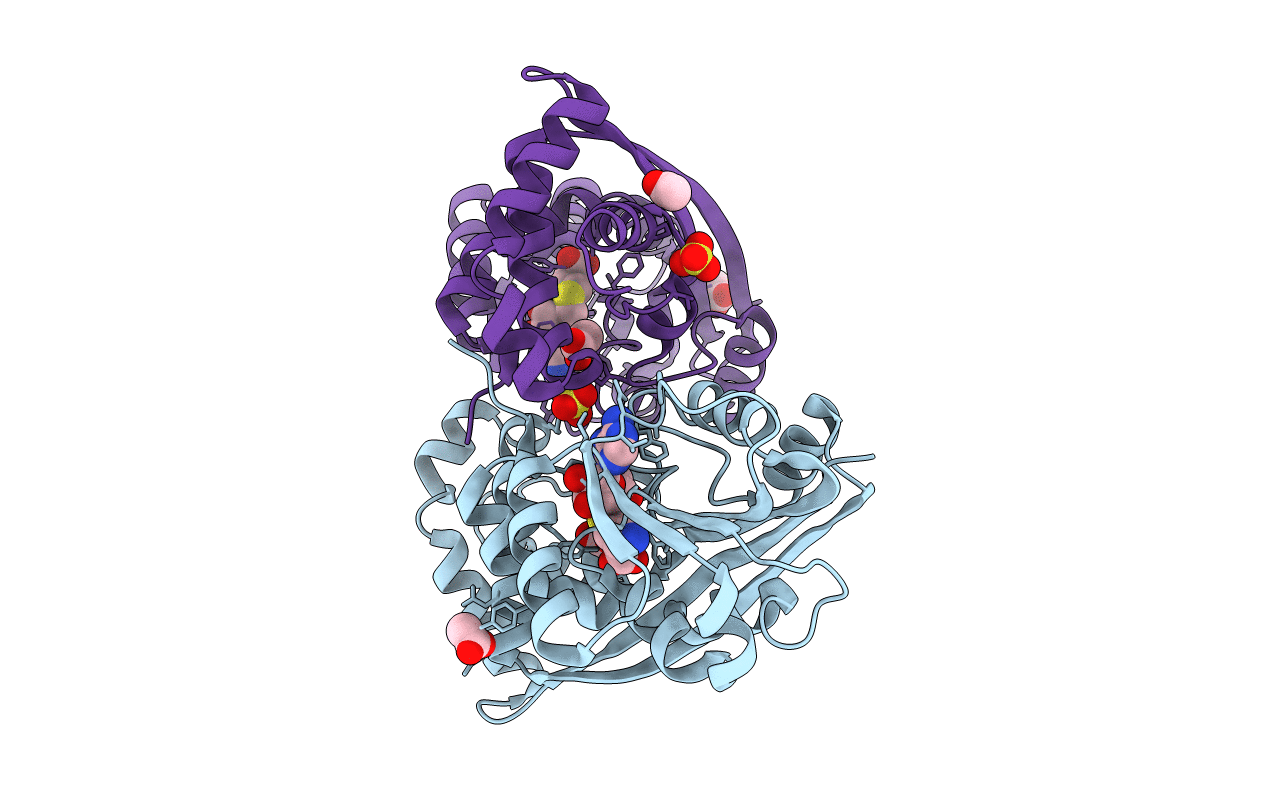
Deposition Date
2015-10-27
Release Date
2016-02-03
Last Version Date
2024-05-08
Entry Detail
Biological Source:
Source Organism:
Aspergillus fumigatus Z5 (Taxon ID: 1437362)
Host Organism:
Method Details:
Experimental Method:
Resolution:
1.50 Å
R-Value Free:
0.16
R-Value Work:
0.13
R-Value Observed:
0.13
Space Group:
P 1 21 1


